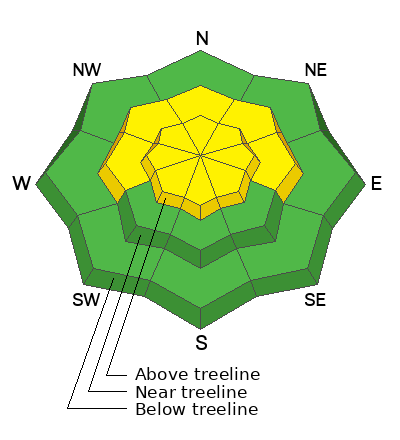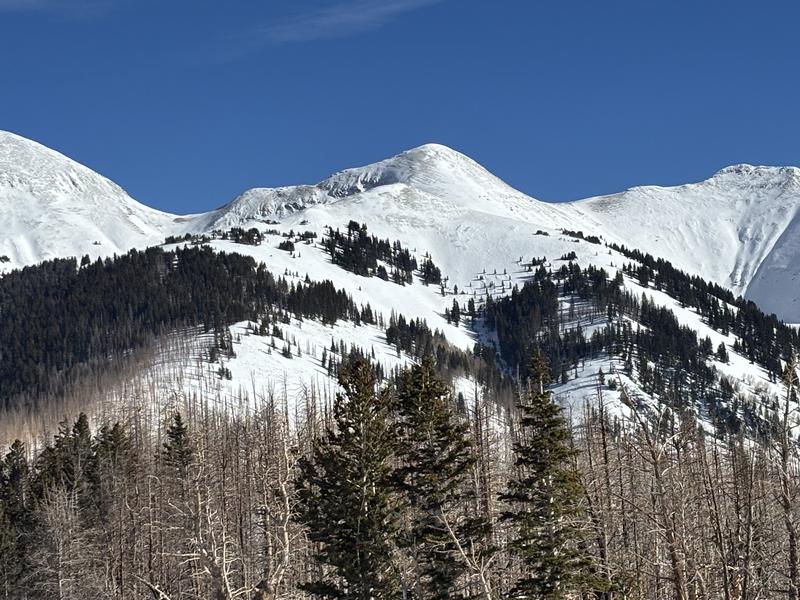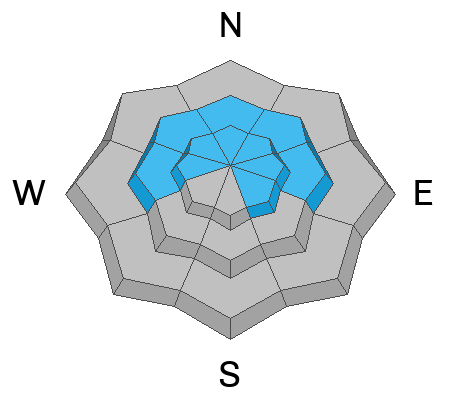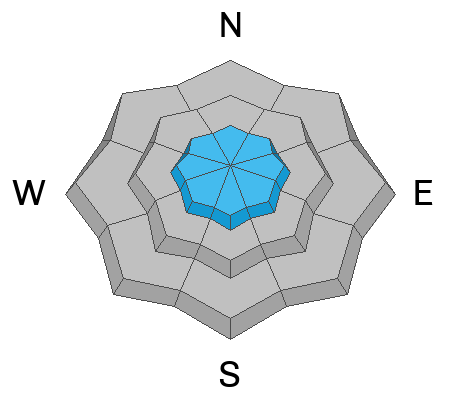Forecast for the Moab Area Mountains

Issued by Eric Trenbeath on
Thursday morning, January 9, 2025
Thursday morning, January 9, 2025
The avalanche danger is MODERATE on steep slopes near and above treeline that face W-N-E, and on SE aspects above treeline. Human-triggered avalanches failing on a persistent weak layer of faceted snow are POSSIBLE. In most cases, avalanches will break about a foot deep but in some outlying areas in the alpine, full depth avalanches are possible. Minimize the risk for full depth avalanches by avoiding thin slope margins and areas of rocky, more radical terrain.
A MODERATE danger also exists for avalanches involving recently formed slabs of wind-drifted snow on all aspects above treeline. Look out for and avoid smooth, rounded pillows of recently deposited, wind drifted snow. Cracking is a sign of instability.
Many slopes have thin cover and rocks, stumps, and logs are lurking just beneath the surface.

Low
Moderate
Considerable
High
Extreme
Learn how to read the forecast here









